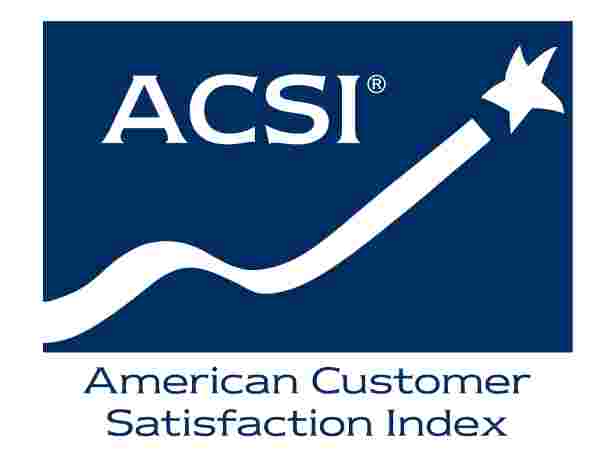
by David Ham | August 30, 2017
In-store pickup can be a “win-win” for consumers and retailers. For consumers, it can help assure product availability during the busy holiday season. For retailers, it can lead to additional sales above and beyond the online order.
The new Retail Report from CFI Group and Radial highlights the desire for free shipping during the upcoming holiday shopping season. About three quarters of the consumers in the study reported that any increase in shipping costs would make them more likely to use an in-store pickup option.
In-store pickup can be a “win-win” for consumers and retailers. For consumers, it can help assure product availability during the busy holiday season. For retailers, it can lead to additional sales above and beyond the online order. JC Penney reported, for example, that 40% of their buy-online-and-pick-up-in-store customers spent at least $50 or more on additional products when picking up a JCP.com order.
Client research by CFI Group shows the importance of the process working effectively. Typically, a customer receives an email or text confirmation when placing an online order for in-store pickup. This is followed by another message indicating that the product is ready for pickup. And then, of course, the customer expects the item to be readily available when s/he arrives at the store. If one of these steps in the process doesn’t work properly, the retailer can experience a customer satisfaction drop of 15-to-20 points or more, a lost sale, or an expensive service recovery.
Recently, I was in the market for a new bicycle helmet. (Be sure to wear a helmet when riding. This is your bicycle safety Public Service Announcement for the day.) Like so many consumers making purchases, I wanted a reasonably good product at a reasonably low price. I was also looking to get something quickly. After riding on a Saturday morning, I noticed a small crack in my old helmet and wanted a new one for a Sunday ride. Having an order shipped, therefore, was not the preferred solution.
I went online to check options and availability at some local retailers (and, no, I wasn’t buying the same brand as the one with the crack of uncertain origin). Ultimately, I settled on one that met my requirements, was on sale at the time, and was available for same-day pickup at a local store . . . or at least that is what their website said. The order was placed late in the morning and the initial confirmation message said it should be ready after 2:30pm, but it also explained that I shouldn’t come in for pickup until they text me indicating it was ready at their pickup counter.
The associate explained that he wanted to cancel the order and contact me but that requires a manager’s approval, and she wouldn’t give it to him. That may be the text book definition of terrible customer service.
2:30pm came and went. That wasn’t a problem because I knew I would be driving right past that store in the early evening and could easily stop then. It was about 6:30 when I was arrived at the store. No confirmation text telling me the helmet is ready. No email, either. But I was in the vicinity, so I stopped in.
The in-store pickup counter was vacant. I found another associate who tracked down the pickup associate, who explained that he went to find the helmet when I placed the order but their website was wrong about it being in stock. He was quite young and seemed embarrassed when I asked the obvious question about why no one contacted me. The associate explained that he wanted to cancel the order and contact me, but that requires a manager’s approval and his manager wouldn’t give it to him. (That may be the text book definition of terrible customer service.)
The associate suggested I look for an alternative helmet and he would see if he could do anything for the inconvenience. I found the next higher model for the same brand and brought it back to the pickup counter. Its base price was $10 higher than the helmet I intended to buy. The helmet I had ordered was on sale for $10 off, so the price gap between the two helmets was $20. The associate overrode the price for the helmet I found in-store, reducing it by $20, to sell me the better helmet at the sale price for the lesser one.
I’m not sure what the profit margin is for one of these helmets, but it was probably much less than $20. I find it interesting that a manager’s approval was needed to provide even basic customer service, but wasn’t needed to sell that helmet at a loss. And I still had to cancel the initial order myself after the fact.
A number of lessons come to mind from my interaction, such as the need to empower the retail associates or streamline in-store pickup processes. But the overall reminder seems clear: retailers must be relentless in measuring the experience from the customer's perspective and in constantly tuning that experience in order to create satisfied customers and rewarding customer relationships.
CFI Group can help you assess the effectiveness of your in-store pickup program and determine where improvements are needed to assure a “win-win” outcome for you and your customers.
Other Resources
- Date
- September 7, 2023
by David Ham | September 7, 2023 With the amount of money involved in professional sports contracts, the current trend toward deeper analysis makes good business sense. However, […]- Date
- June 2, 2023
by David Ham June 1, 2023 I will start by stating the obvious, inflation is forcing consumers to make tradeoffs and difficult decisions. This puts businesses […]- Date
- August 1, 2022
by David Ham August 1, 2022 Five years ago, I wrote a blog that asked, Is This a ‘Hook-Up’ or a Long-Term Relationship? The post was […]- Date
- May 24, 2022
by Omar Khan May 24, 2022 A few years before getting my first job as a consultant, I spent a summer abroad in the United Arab […]





